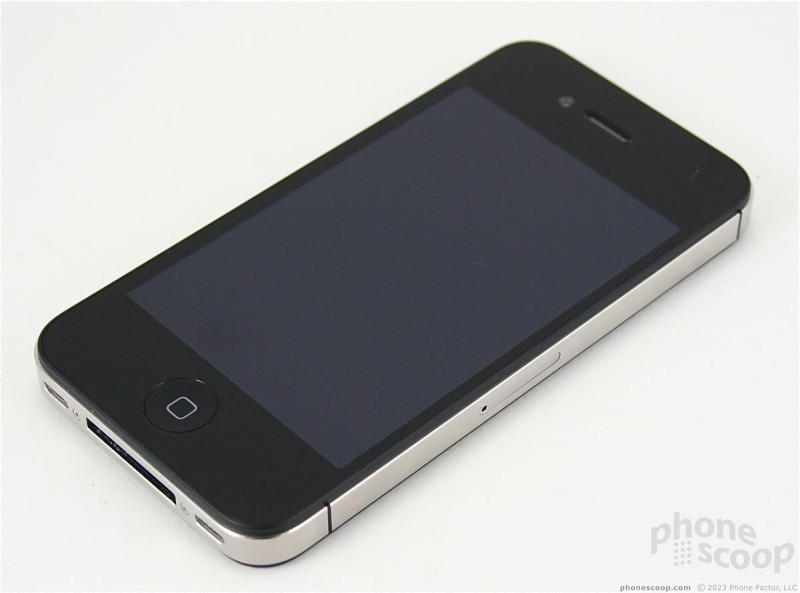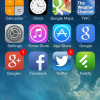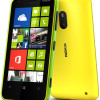Review: Apple iPhone 4S for AT&T
The iPhone 4S is 99.99% identical to the iPhone 4 on the outside. The differences, such as they are, can only be found on the left edge of the phone, where the banding of the antenna is slightly different, and the location of the mute switch is nudged perhaps a millimeter. Beyond that, it is the same piece of hardware.
When Phone Scoop reviewed the iPhone 4 last year, our review was somewhat harsh on the body and design of the phone. Looking at the iPhone 4S through 2011 lenses, we have a slightly different perspective.
One thing Apple has managed to do with the iPhone 4S is create a piece of art as much as a piece of technology. The metal band and glass design certainly has its detractors, but the quality of the materials is second to none. The feel of the glass, the metal edging, the overall weight and manufacture of the iPhone 4S are superior to most other phones. But, the sharp edges don't necessarily feel great in the hand. In fact, they can sometimes be off-putting. Even so, it is slim, small, slips into the tightest pockets, and the overall feel of the iPhone 4S is good, thanks to the excellent materials.
The front of the iPhone 4S is mostly screen, though there's a good amount of bezel surrounding it. The home button is placed in the same spot below it. The home button of our unit has a nice, definitive action to it. The click is sharp, and feels good.
The volume buttons are on the left side of the iPhone 4S, positioned close to the top. They are two separate buttons, each a bit smaller than the eraser of a pencil. They protrude from the side of the phone enough that they are easy to find, but not so much that they get caught on things. The travel and feedback of these buttons is excellent. The "up" volume button now also doubles as a camera button in iOS 5. Above them, the volume/mute switch is a bit sticky, but flips back and forth with a firm push.
The 3.5mm headset jack and power/lock button are both still on top. I thought the travel/action of the power button was fine.
We can't ignore some of this design's faults, however. The phone is still made of glass. The front surface is made of "chemically strengthened glass", and is somewhat less prone to breakage, but the back surface is not. The iPhone 4S is a fragile piece of equipment. When dropped onto hard surfaces, the likelihood that it is going to break is high. That means it is best to keep it in some sort of case or bumper. Using a case, however, negates the extreme measures to which Apple went to keep the footprint of the iPhone 4S as small as possible.
The iPhone 4S does not have expandable memory, uses a microSIM card that is not directly compatible with most other GSM phones, and it does not have a removable battery. It also uses a proprietary port for charging and data transfer, rather than the industry standard microUSB port.



















 Review: Apple iOS 7 from A to Z
Review: Apple iOS 7 from A to Z
 Google Makes Wallet App Available to iPhone
Google Makes Wallet App Available to iPhone
 Microsoft Brings Office to the iPhone, But Not for Free
Microsoft Brings Office to the iPhone, But Not for Free
 Google+ for iOS Updated with New Photo Tools
Google+ for iOS Updated with New Photo Tools
 Aio Wireless Kicks Off Today with Nokia Lumia 620
Aio Wireless Kicks Off Today with Nokia Lumia 620
 Apple iPhone 4S
Apple iPhone 4S



